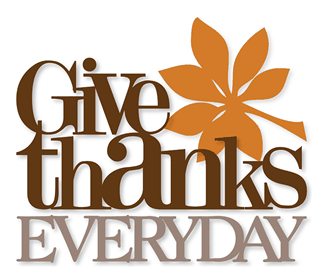I was recently
shopping for Pop-Tarts… I mean, “pastry treats,” as defined by my favorite
store brand. As I continue to try stretching our grocery budget to feed our four
kids still at home, the cheaper product was beginning to look better and
better.
It wasn’t about any fancy packaging. To me, it just
mattered if my kids would eat them, and how much of my disposable grocery
budget was spent on the quick and easy breakfast food.
The
truth was that I’d tried switching before, and it didn’t go over so well. However, I decided to give the store
brand another try without flaunting the stand-ins box. In other words, I hid
the switcheroo from my kids, and I thought I’d gotten away with the change
until my 12-year-old remarked, “I don’t like those other pop-tarts. They are
all frosting and no filling.”
I understood what he meant. Although we buy plenty of
other store brand food items (pasta, butter, eggs, orange juice….), I only buy
Heinz ketchup and Prego spaghetti sauce because I really do prefer the taste
over the other national or store brands. Thus, we’re back to being brand loyal
to Pop-Tarts, stocking up when they go on sale, using coupons and “eating” that
small amount of money not saved.
According to Marketing Expert Laura Lake, we’re not
alone. Lake states, “Your brand resides within the
hearts and minds of customers, clients, and prospects. It is the sum total of
their experiences and perceptions, some of which you can influence, and some
that you cannot.”
In this case, it was the taste that prompted my kid’s
comment and ultimately the deal-breaker for the pop-tart dilemma, but what is
influencing your branding? Like the “pasty treats” scenario, is your target
audience willing to dismiss the bells and whistles of your “box” to choose your
product if price is one of your strategies? Or, is your poor image portrayed by
some things you’ve overlooked – the user-friendliness of your website, the
professionalism of your signage, your lack of accessibility, and more –
overshadowing your quality product? How well does your packaging reflect your
company?
According to KiSSmetrics, unlike marketing, which is
the set of processes and tools that promote your business, branding is the culture
itself – the message that permeates and rules all the processes of your
business.







